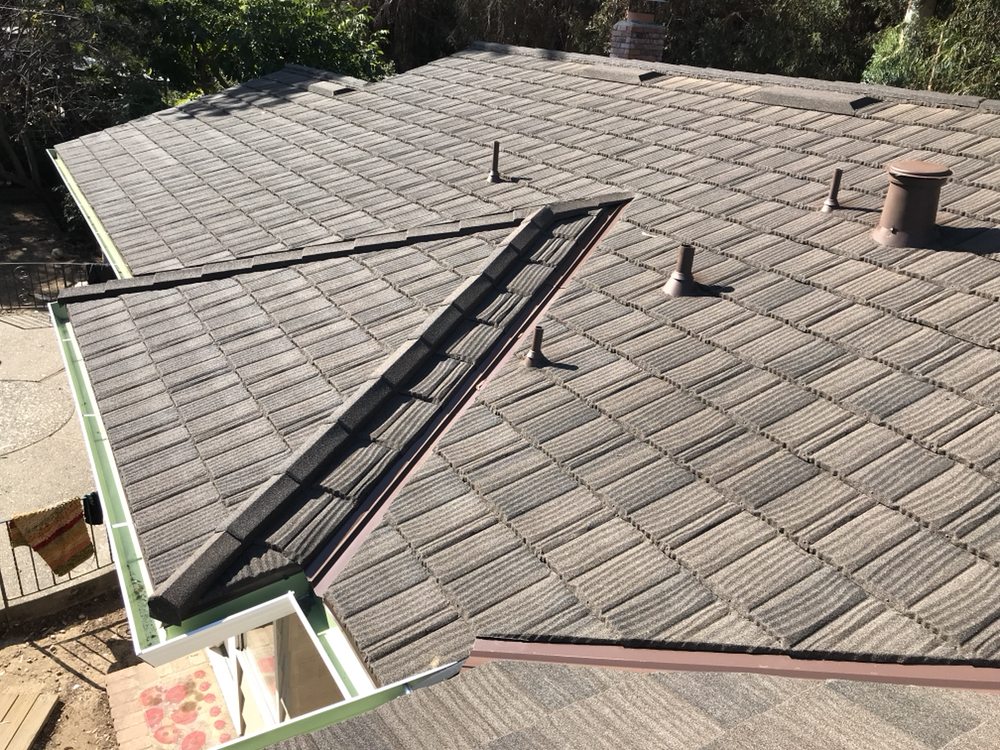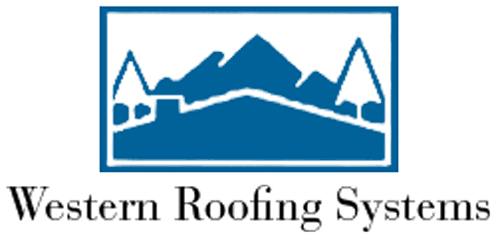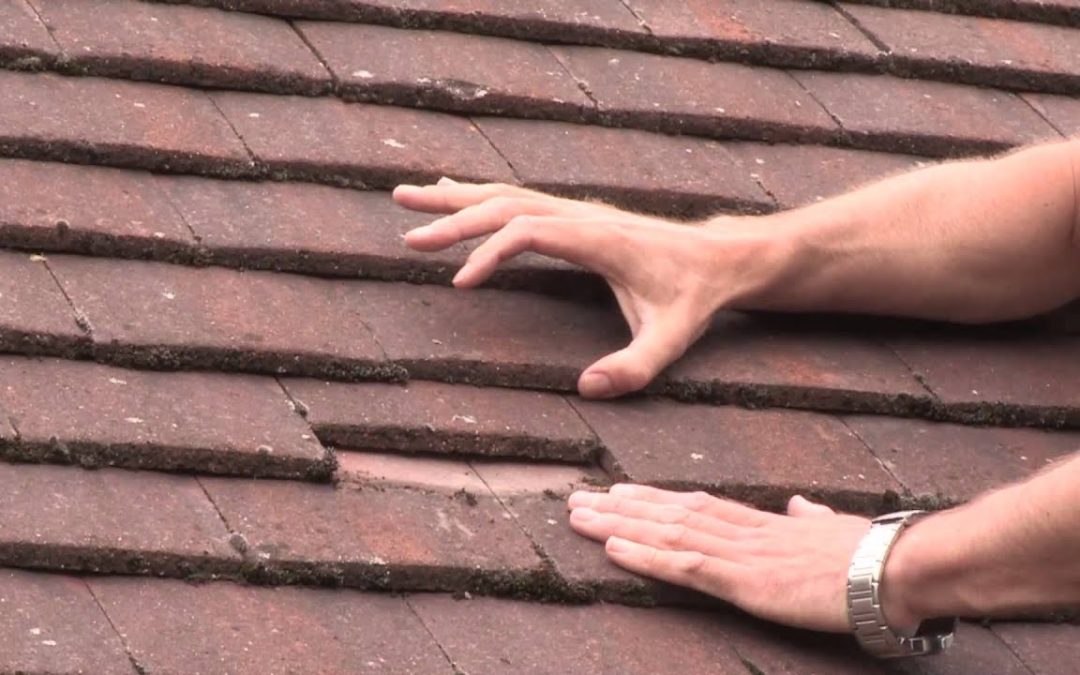Your roof has to deal with exposure to the rain, sun, and many other elements that slowly but surely wear away its membrane. It’s vital that you look after your roof as it is your property’s first line of defense from a variety of weather conditions.
Regular check-ups are, therefore, essential as they can help you to identify any issues. Did you know that a roof that isn’t regularly maintained will last approximately half the life of a regularly maintained roof? This is why it’s essential you inspect your roof.
During the Fall and Spring
Roofing experts from san jose roof repair recommend that your roof should be checked during the fall and spring. This is because your roof needs to be inspected before and after the most severe weather conditions hit.
During the winter months, the cold, storms, and precipitation could affect the roof. In the summer there’s a chance that UV radiation and heat could affect the roof.
An inspection during the fall and spring will ensure that any issues are seen and dealt with. If you fail to inspect your roof regularly it may no longer offer you the protection you need.
After a Bad Storm
There’s always a chance that your roof could become damaged in a bad storm. Falling debris, high winds, and hail could mean a roof needs replacing. Shingles do not have to fall from the roof for it to become damaged. This is because they could be broken or compromised.
Any daylight that is showing in the attic is an indication that there is damage to the shingles or the gutters. You may also see some mildew and mold if water has leaked through.
Inspecting the Roof Yourself

If you choose to inspect the roof yourself please make sure that it’s not wet or windy outside. These conditions could cause you to slip from the roof or the ladder.
Here’s what you need to be on the lookout for:
- Shingles that have signs of blistering. This indicates that the shingles have reached the end of their life. Affected shingles will need to be replaced.
- Loose materials or any wear and tear around the chimney or other penetrations.
- Soft areas of the roof that indicated plywood has been damaged. Affected plywood will need to be replaced.
- Keep an eye out for any sagging as it’s an indication that all is not well.
- Guttering that contains large amounts of shingle granules. This suggests that the shingles are in a poor state of repair and need to be replaced.
You may find that inspecting the roof yourself is not as easy as you hoped. If you are having difficulty inspecting your roof or there’s something you’re not sure of please hire a professional. A professional roofer has the right tools and equipment to climb onto your roof and inspect any damage. They may even spot issues that you may have overlooked.


Recent Comments